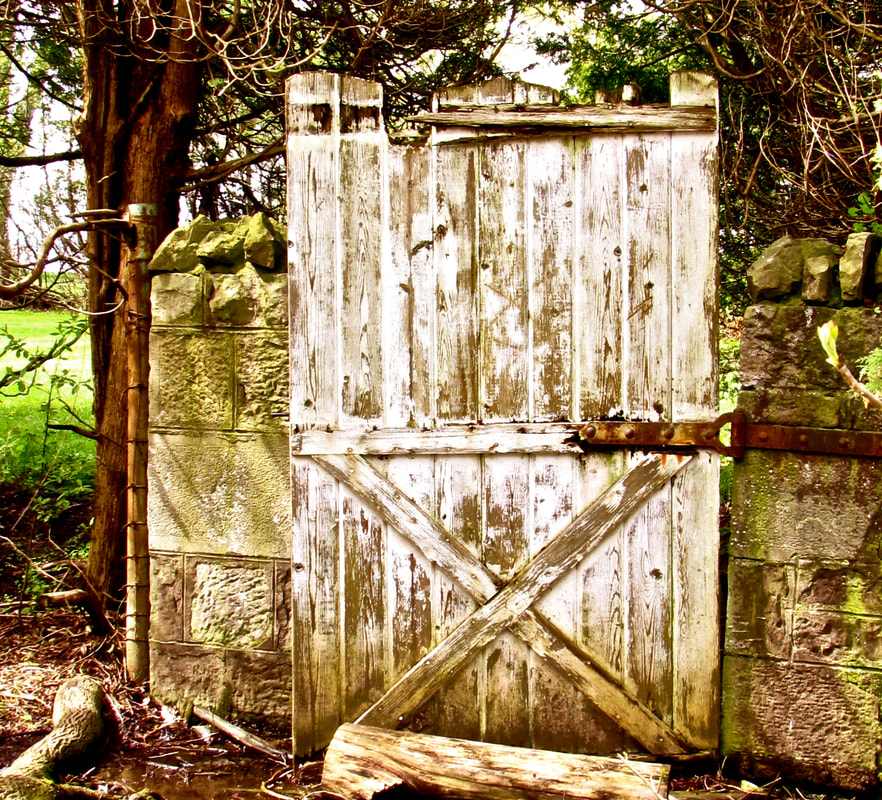 Value Study for "Mom's Saskatoons" Oil 24 x 24
Value Study for "Mom's Saskatoons" Oil 24 x 24 Let me explain.
Let’s begin with the First Labour : speed-dating, which amounts to sorting through what Yeats termed the “foul rag and bone shop of the heart” for “WHAT TO PAINT NEXT???"” There is way too much to choose from: for one, my iPhoto library is closing in on 30000 now. Whitman was referring to the same mental crowd scene when he said “We contain multitudes.” However we characterize it, hundreds of images argue their merits in a brain-deafening cacophony, each waggling a gam swathed in fishnet. But, as in a biological pregnancy, only one can win (though the odd zygote does bring a twin. Artists dub them diptychs). Frankly, I’m always incredibly relieved when the short list finally spits out a winner. this momentary relief is somewhat undercut by the recognition that there is a boatload of work ahead and I’m still a bit nervous that I’ve chosen badly and won’t be able to do it justice. But a shot of ripe Saskatoons has spoken to me; its deep blues, purples and subtle greens kaleidoscopically excite my eyes; AND it wonderfully supports the series of beautiful native plants so the choice is confirmed. And zap, like that, Art Labour #1 is complete! We have pregnancy.
There being no rest for the wicked, Labour #2 follows immediately: if McLuhan was right and the medium is the message, then choosing the right support becomes fraught. Not to be terribly original, my large outdoor scenes flatly demand large canvases -- up to 4’ by 5.' Small animal portraits on the other hand ask me in a whisper for a panel between 8 x 10 and 12 x 12.* Botanica, my current obsession, falls into the sweet spot of the middle: “just right” — not too big, not too small — just big enough to suggest the tangled loveliness of Goldilock's garden while giving me enough spatial freedom to do a deep dive into the intricate detail of a leaf or petal or fruit. In “Pagoda Tree in Autumn” I was looking for something like a William Morris pattern or a Kaffe Fassett needlepoint. It goes without saying that I’m not to be trusted with needles and such, but intricate detail has always called me if I can savour it without blood loss. So I answered the call of Mom’s saskatoons by traipsing down to the basement to fish a 24 x 24 gallery panel out of my artist’s cache (we all have them — even if the world comes to an end, we can die painting). Labour #2, check.
It’s the Third Labour where I really start gritting my teeth. At this point it feels like “I’m committed to the stake and I must stand the course”. Okay, okay — I’m not poor blind Gloucester who feels like a bear about to be torn apart by pit bulls but that’s the line my brain offers up. And the bloody panel just sits there panting, waiting for its saskatoons. Can you sense how much I always dread the painstaking drawing of the complex subject matter which of course I have willingly chosen. As I feared, it took almost two days to complete the detailed line drawing before I put even dipped brush in pigment. And another two days were spent rendering the value underpainting in burnt umber and white over the mid-tone provided by the wood tones of the panel.
Day 4 I finds me cross-eyed, cranky and and with a sore back supported by two flat feet. The dogs tiptoe around me, whispering “Avoid eye contact.” to one another.
I console myself with the certainty that it will get better… if I can just stay on the rails.... At this point I make a special effort not to get hit by a bus. After all, the hardest work is done! Now I can start to enjoy this!
*One of my favourite painters is Tom Forrestal, who not only paints sublimely in egg tempera but plays with canvas shapes. Many many years ago I saw a work of his which consisted of two large circular views of the same mature tree. One looks up at laughing children in the branched canopy; the other shows what the children can see on the ground; I think there might have been a dog. Mine certainly would have. To complete the magic, both are mounted on ball bearings and can be rotated. Both masterful and playful.


 RSS Feed
RSS Feed
